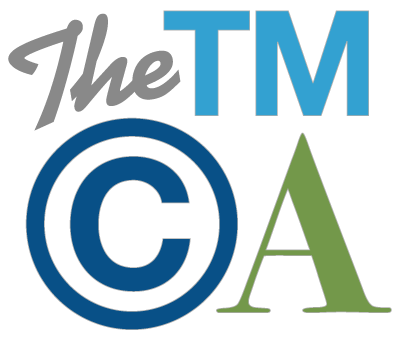What do Raging Bull and Adult Diapers Have in Common?
 Apparently, quite a bit according to the Supreme Court. The Supreme Court has dipped its toe into the waters of intellectual property law again and has decided to overturn 150 years or more of common law precedent in its decision in SCA Hygiene last week. SCA Hygiene held a patent on an adult diaper design and sent notice to defendants in 2003 claiming infringement. Defendants responded that prior art rendered the patent invalid. Defendants did not hear from SCA Hygiene again for seven years, at which point they received a complaint for patent infringement. Defendants raised a defense of laches (among others), arguing that the action should be time barred. The District Court and the Federal Circuit both granted dismissal on the ground of laches.
Apparently, quite a bit according to the Supreme Court. The Supreme Court has dipped its toe into the waters of intellectual property law again and has decided to overturn 150 years or more of common law precedent in its decision in SCA Hygiene last week. SCA Hygiene held a patent on an adult diaper design and sent notice to defendants in 2003 claiming infringement. Defendants responded that prior art rendered the patent invalid. Defendants did not hear from SCA Hygiene again for seven years, at which point they received a complaint for patent infringement. Defendants raised a defense of laches (among others), arguing that the action should be time barred. The District Court and the Federal Circuit both granted dismissal on the ground of laches.
The Supreme Court reversed. According to the decision, because the patent statute provides for a statute of limitations, the common law defense of laches has no purchase “within” that six year limitation period. The actual effect is that there is likely no longer a place for laches as a defense in a patent action, even if grounded on a period outside the six year statutory window for damages, as there was a seven year break in action here.
This decision was little surprise to observers who watched the Supreme Court come to the same conclusion in a copyright case two years ago. In Patrella v. Metro-Goldwyn-Mayer, the court held that laches cannot preclude a claim for damages within the 3-year limitations period provided in the Copyright Act. In Patrella, an heir to the author of the screenplay for the movie Raging Bull reinstated the copyright rights as provided under the statute, but waited 18 years after first notifying the defendant of the claim to bring suit. At the time of plaintiff’s original notice, the defendant believed that the plaintiff did not hold the necessary right to bring suit. The defendant asserted a laches as defense due to the long delay in bringing suit.
The Court in SCA Hygiene found little difference between the rationale for its prior denial of a laches defense in copyright cases and its present preclusion of laches in patent cases. The Court concluded that the provisions for statutes of limitations in the Patent and Copyright Acts supersede and supplant any application of the doctrine of laches. Justice Breyer dissented in both instances.
So what are we talking about here? A statute of limitations is a law that limits the time in which a party can institute an action for a claim, either in tort or contract. The time limit is usually a number of years from the date on which the action accrued (or on which the harm or breach was discovered). For example, if you are in a car accident, the cause of action accrued when the accident occurred. Most states provide that you must file suit to recover damages within 2 or 3 years of the date of the accident. Otherwise, you are deemed to have forfeited your rights to bring an action to recover damages. The purpose of a statute of limitations is to provide certainty and closure to parties. The law prevents lawsuits from being raised long after the claim accrued when memories are fuzzy, evidence is gone, and parties have long presumed that the potential grievance was waived and forgotten.
Laches is a common law imposition of a limitation on an action implemented by the courts when a determination is made that a party waited far too long to bring an action such that allowing the action to proceed would be unfair or unjust to the defendant. Unfairness considerations in a laches analysis are similar to the reasons for limitations statutes, for example, upsetting longstanding expectations and evidentiary prejudice. The decisions in SCA Hygiene and Patrella dive deep into esoteric discussions about differences between the role of laches in historical cases in “equity” vs. in “law.” Both the majority and the dissent believe that history supports their decision.
What is the takeaway? If you are a patent or copyright owner, your path to seeking redress has been smoothed, even if you wait what may otherwise be considered an inordinate amount of time to bring an action. If you are a potential defendant that receives notice from a right holder, do not sit back and wait for a plaintiff to take action. Seek advice of counsel, including an opinion as to whether your actions infringe the asserted rights. If you have a strong position that you do not infringe or have other legal defenses, assert them either through negotiation to reach a final settlement of the issue or by filing a declaratory judgment action to resolve the claim. If it is a patent claim, consider using the administrative options of requesting reexamination or other form of post grant review. Don’t just ignore the situation and hope it goes away, because going forward it is highly likely that a long forgotten claim will rise again without a defense of laches to stop it.








